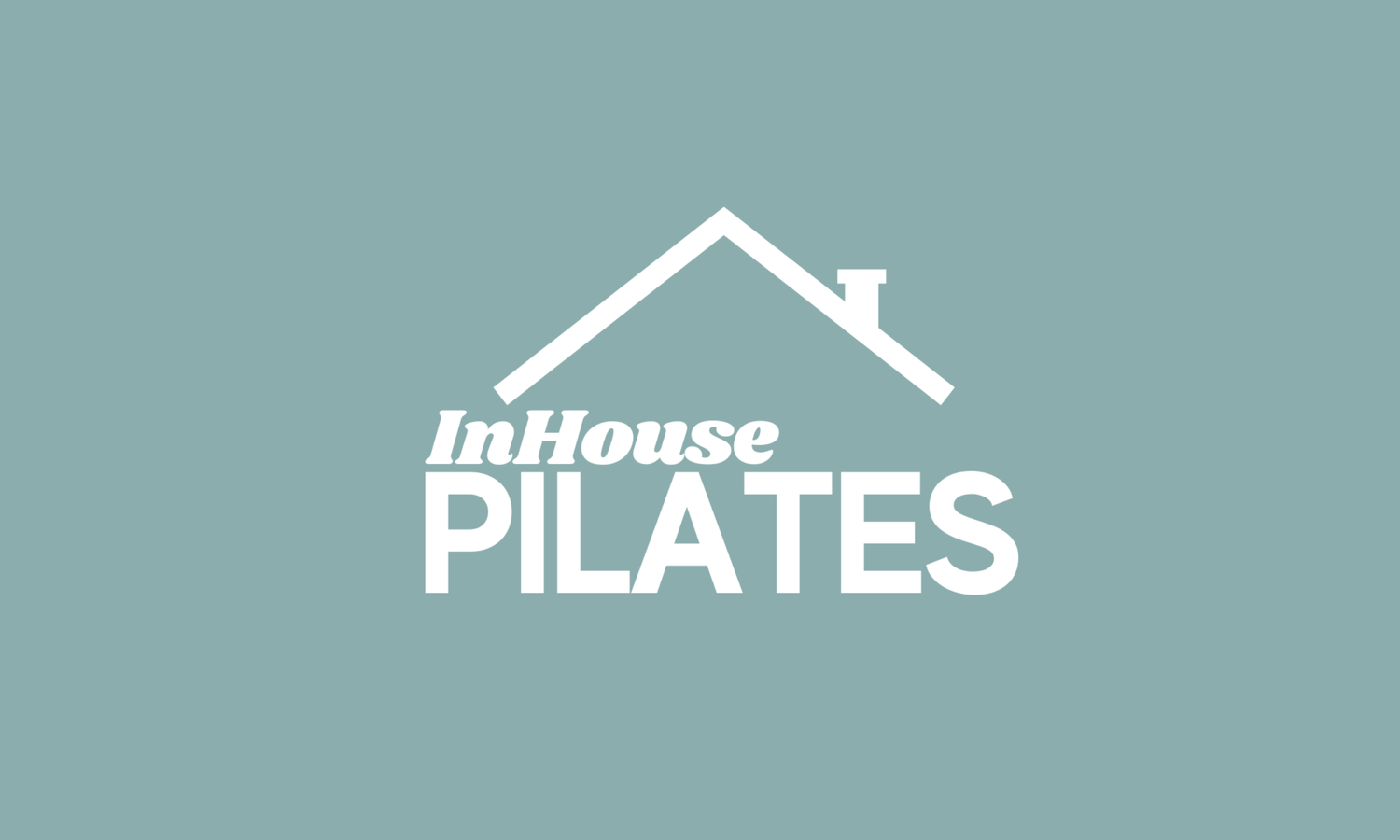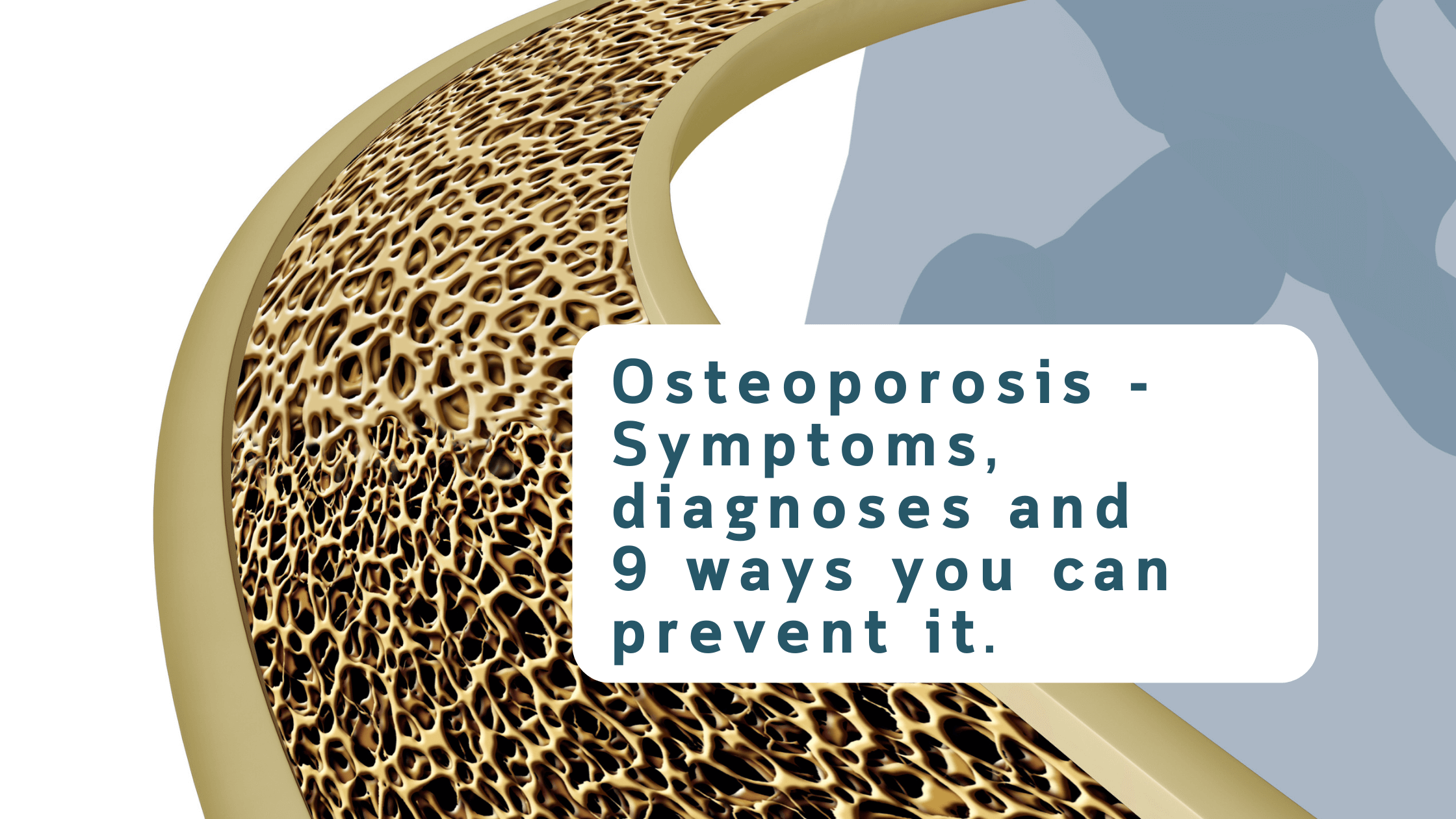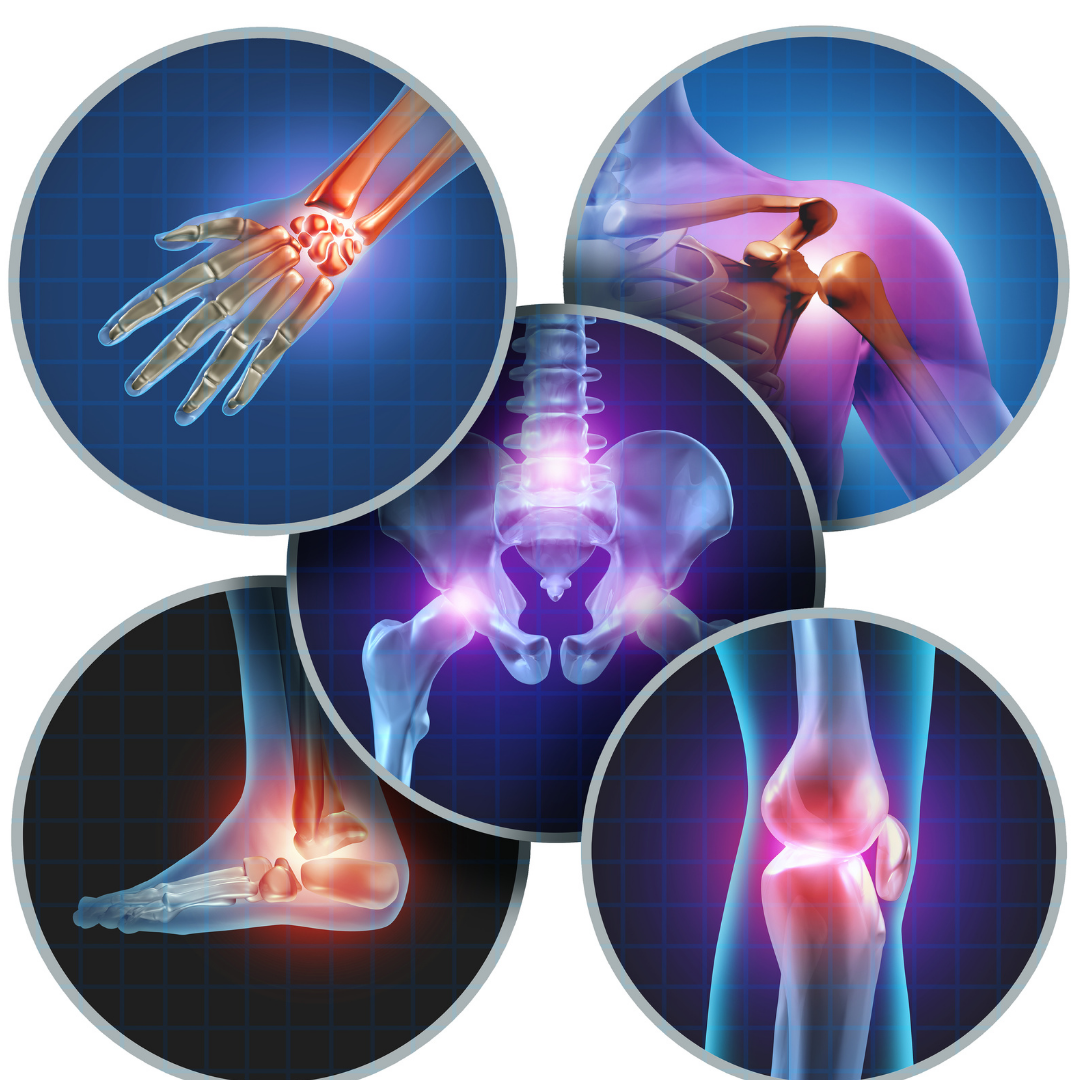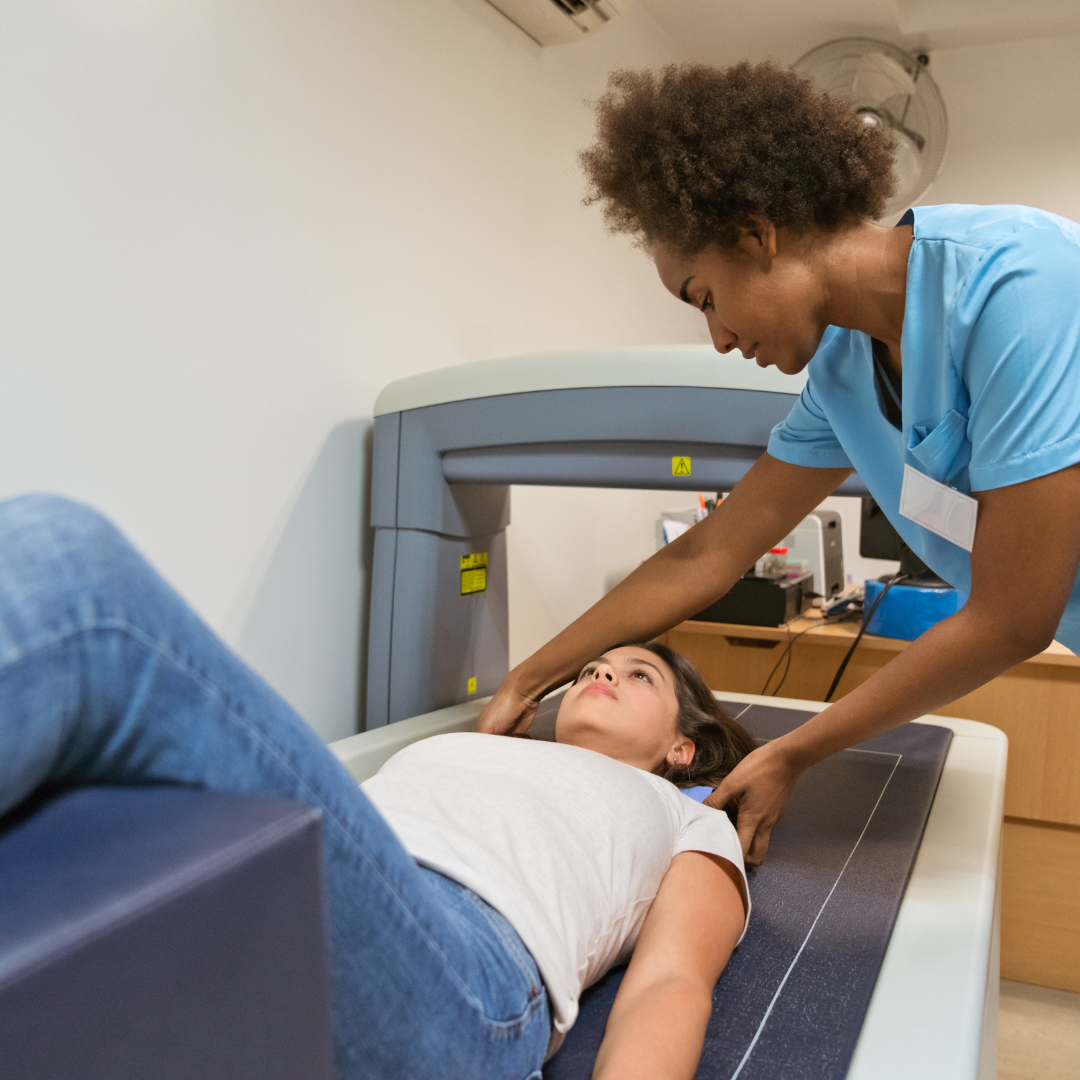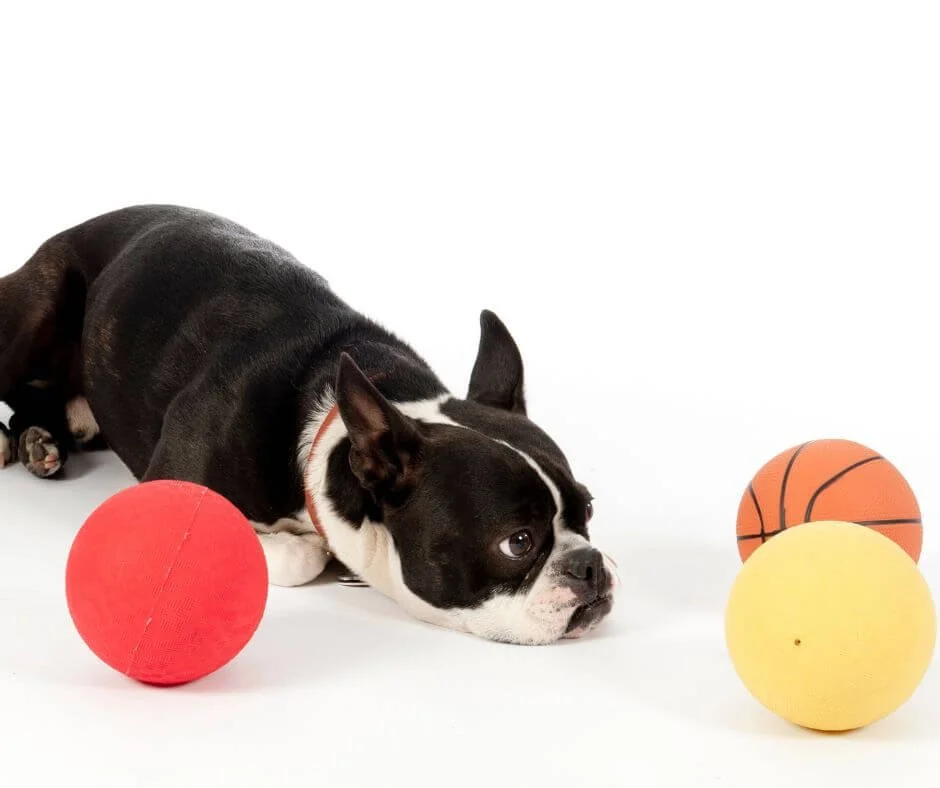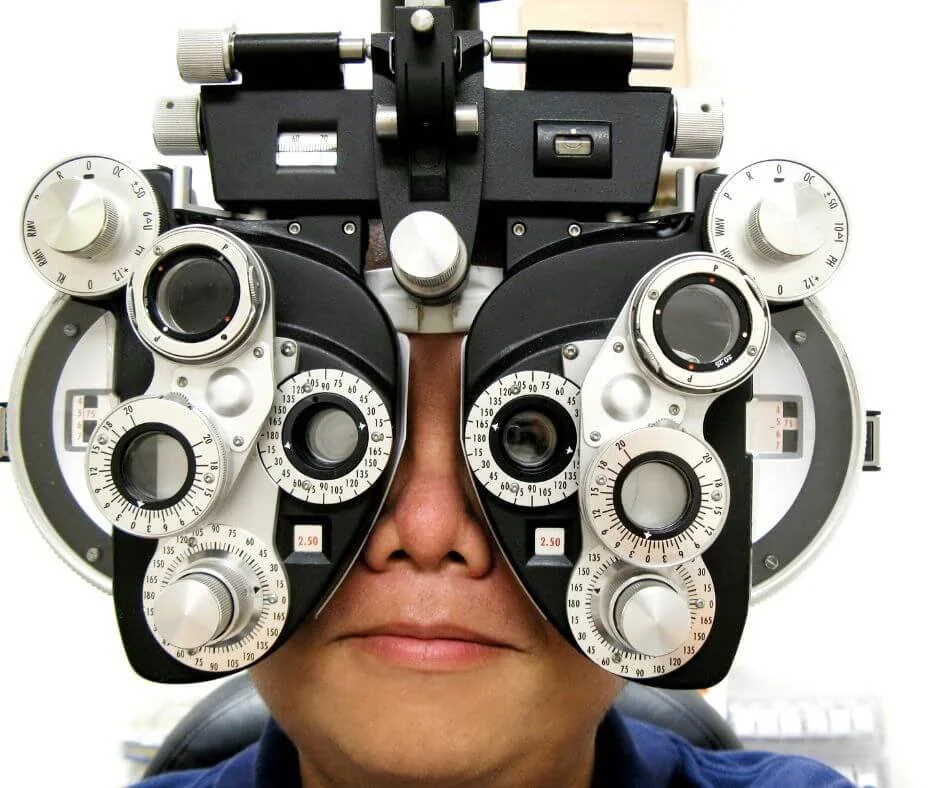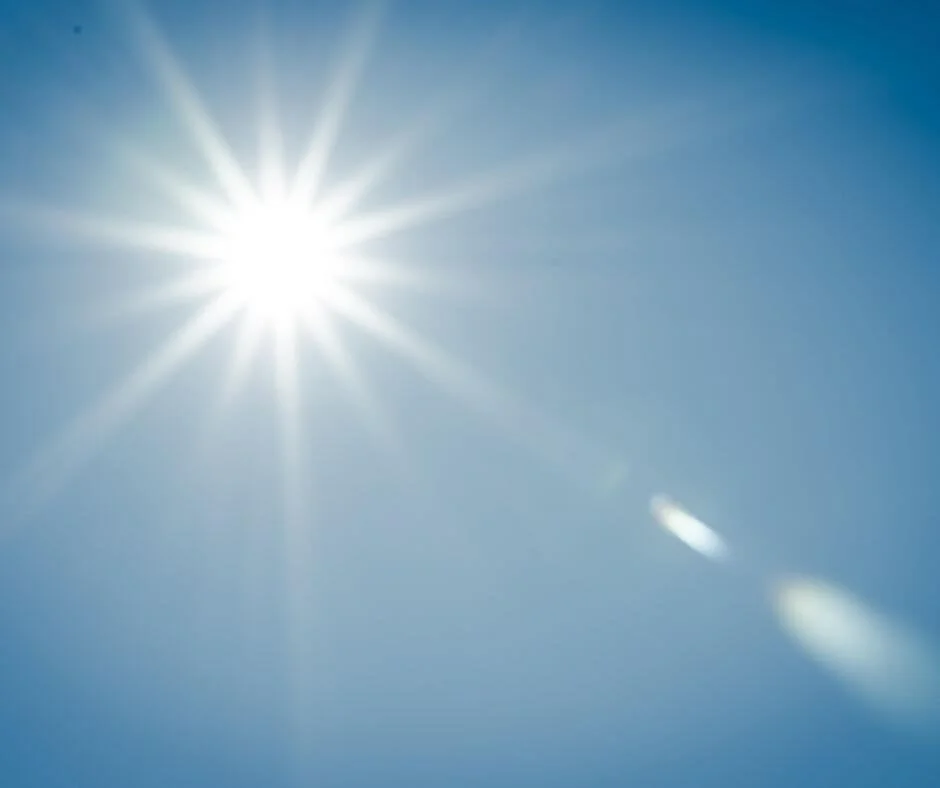Osteoporosis - Symptoms, diagnoses, and 9 ways you can prevent it.
According to the Australian Institute of Health and Welfare,
‘Osteoporosis (meaning ‘porous bones’) is defined as a condition that causes bones to become thin, weak, and fragile,’ occurring in both men and women.
This is caused by the bones losing minerals like calcium faster than the body can replace it, causing decreased bone density, making bones more fragile and easier to break.
As a result, something as simple as bending over, coughing, falling out of the bed or a chair, or tripping and falling while walking can cause a fracture.
Commonly fractures occur in the hip, wrist, or spine, causing chronic pain, disability, and loss of independence.
Symptoms of Osteoporosis:
Osteoporosis is called a ‘silent disease’ because there are no symptoms until a bone is broken or one or more vertebrae collapse. Symptoms of vertebra fracture can include severe back pain, loss of height, or being stooped or hunched over.
"Many people who sustain a fracture don't connect it to osteoporosis," said study author Dr. Angela M. Cheung of the University Health Network/Mount Sinai Hospital Osteoporosis Program in Toronto, Ontario. Cheung points out in contrast,
"A person who has a heart attack knows that there's a problem with his or her heart, but a person who fractures thinks, 'The floor was slippery' or 'I'm clumsy and doesn't look at it as a symptom of a more serious medical condition."
How osteoporosis is diagnosed.
A bone density test can help your doctor detect if your bone density is lower than normal for a person of your age and sex.
The test only takes a couple of minutes and is completely painless. A nurse will set you up to lie on a bed. You’ll be asked not to move as the machine takes the reading of your bone density.
The test results will then be sent to your doctor.
The test results will look something similar to the image on the left, showing the hip and spine bone density.
Bone loss that has not reached the stage of osteoporosis is called osteopenia (low bone density).
The factors that can increase your risk of osteoporosis include:
aging
women past menopause (who have a lowered amount of estrogen, a hormone important in building bones)
Inadequate intake of calcium and vitamin D levels
Certain medical conditions like kidney disease, diabetes, or a thyroid problem
Long term use of certain medications
Inactive lifestyle
Smoking and excessive alcohol intake
Small-boned or underweight
Can osteoporosis be prevented?
The Australian Institute of Health and Welfare states that 'Osteoporosis is largely a preventable disease. The goal of the prevention and treatment of osteoporosis is to maintain bone density and reduce a person’s overall fracture risk (RACGP 2018)’.
Things like body type, age, or family history are out of our control. The same can be said about the bone mass already lost that cannot be replaced. The goal in treating osteoporosis is to prevent further bone loss and maintain existing bone mass.
Below are some ways to prevent osteoporosis:
01 - Maintain a healthy weight.
02 - Limit alcohol and quit smoking.
03 - Maintain good nutrition.
If you are looking for what to eat to support healthy bones, our guest Corinne Nash, from Goodness Me Nutrition has layed it all out for you here.
04 - Make fall prevention a priority
05 - Keep your house safe from any trip hazards: -
Keeping the floor space free, watch out for pets, and keep your rooms well-lit.
.
06 - Have your eyes regularly checked.
07 - Include balance exercises in your exercise routine.
08 - Should any of your current medications make you feel dizzy or light-headed, speak to your doctor.
09 - Ensure that you get enough vitamin D, either by natural sunlight or a good supplement.
Bonus tip!
10 - Exercise:
Combine strength training exercises with weight-bearing exercises at least 3 times a week to build muscle mass and strength.
Exercises like Pilates, (which is very gentle while strengthening your muscles and bones) walking and weight-bearing exercises are recommended.
To read about ‘The effects of clinical Pilates exercises on bone mineral density, physical performance and quality of life of women with postmenopausal osteoporosis, click here.
Exercise increases bone density
We usually reach our peak bone mass between the ages of 25 and 30.
Throughout our life, our body is continually removing old bone and replacing it with fresh bone, this process is called remodeling.
Up until about age 40, all the bone removed is replaced. After age 40, however, less bone is replaced.
By the time we reach age 40, we slowly begin to lose bone mass.
Most women enter menopause between the ages of 42 and 55.
As the levels of estrogen drop dramatically, women undergo rapid bone loss.
After menopause, women can lose 40% of their spongy, inner bone and 10% of their hard, outer bone. This reduces bone strength and increases a woman's risk of fractures. - Orthoinfo
Exercise has the potential to provide a means of non-pharmacological intervention, with long-lasting effects that can delay the onset of osteoporosis,
When we do strength training, for example doing a biceps curl. When we bend the elbow and bring the hand towards the shoulder holding a dumbbell, the muscle pulls on the bone to do this.
By stressing your bones, strength training can increase bone density and reduce the risk of osteoporosis. - Mayo Clinic
Resistance training can help prevent osteoporosis by making bones denser.
Scientists believe that, in response to this stress, bone-building cells begin creating denser bone tissue. This means the bones contain more of the minerals that make them strong, such as calcium and phosphorous.
For resistance training to help build denser bones, the amount of force they must resist needs to exceed the amount of force a person typically encounters in everyday life. This stimulates bone tissue formation as the body prepares to meet higher physical demands.
A 2022 study found evidence that progressive resistance training could increase bone density in the hips, as well as the femur bone in the legs. This study also focused on adults over 65 years.
Exercise can't fully reverse osteoporosis, but it can slow it down. For example, a study found that strength training made bones denser in women with osteoporosis.
Do you have any more ideas to add? Share them below, I would love to hear from you.
